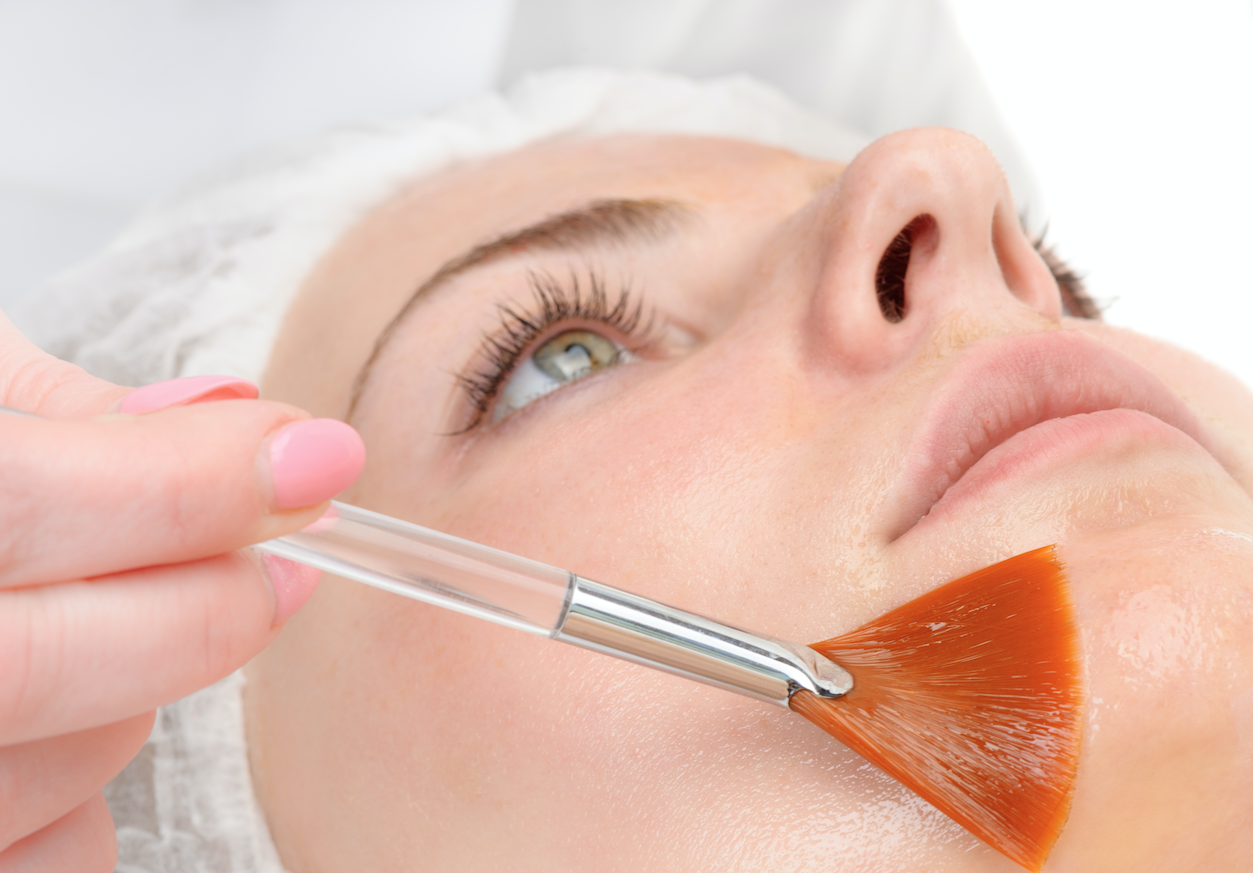Guest blog: The lowdown on lactic acid

Dr Rabia Malik, holistic aesthetic doctor at Grace Belgravia Medical, recently opened her Peel Boutique at the women-only clinic in London. The boutique offers a small menu of 20-minute, medical-grade peels using lactic acid. Here, Dr Malik explains why she's such a fan of the lesser-known acid and how it can benefit clients' skin.
What’s lactic acid good for, how does it work and why have you decided to only use lactic at the Peel Boutique?
Lactic acid is incredibly gentle and as such, good for all skin types and ages. It is also quite hydrating and less irritating than many other acids used in skin peels.I wanted to create a peel that would help promote skin health with minimal side effects. Lactic acid instantly brightens the skin and tends to cause fewer hypersensitivity reactions and less skin irritation, which is why I chose it for The Peel Boutique.
How does lactic compare to other acids in terms of efficacy and its visible effect on the skin? Is there any redness/flaking?
Lactic acid provides mild chemo-exfoliation while at the same time stimulating skin cell renewal. Lactic tends to cause an instant brightening effect but with minimal peeling. Depending on the concentration of the lactic acid and the formulation of the peel, there may be some mild initial redness and possibly some dry, flaky skin a few days post-treatment.
Are there some clients you’d recommend use a different acid for any reason?
Every client is different and depending on what their skin needs, I often combine different acids to achieve the best results. Two other acids I work with are malic and mandelic. Mandelic acid in particular is very effective for acne prone skin.
What peels do you offer at the Peel Boutique?
The foundation of each treatment is a lactic acid-based peel solution and I created three different treatments to address the main concerns my clients usually look to address – brightening, hydration and blemish control.
The Brightening Peel is for normal or combination skins and combines a pomegranate, papaya and pineapple enzyme peel base with chirally correct lactic acid. Chirally correct lactic acid is an alpha hydroxyl acid, which is ideal for all skin types and hydrates and exfoliates, reducing fine lines and pigmentation. The treatment also includes chirally correct amino acids and peptides for an non-irritating skin rejuvenating treatment.
Those with dry, sensitive or mature skins might opt got the Hydration Peel; a combination treatment using the same peel base as the Brightening Peel, followed by a hydrating mask containing green tea, lemon peel extract and R-lipoic acid. This treatment nurtures, treats and hydrates while soothing and brightening the skin.
Finally, the Blemish Busting Peel was created for oily, blemish prone skin and uses a chirally correct lactic acid and pumpkin enzyme peel to help clear blemishes, blackheads and pustules. The addition of D-beta-carotene, carrot root/seed oil and seabuckthorn oil help to protect the skin and optimise skin cell regeneration.
Are there any other ingredients clients should avoid when on a course of lactic peels?
Other acids should be avoided when embarking on a course of lactic acid peels (in particular glycolic acid which may irritate the skin and lead to over exfoliation if used in combination with a lactic acid peel). On the other hand, antioxidants can help protect the skin and are good when used in combination with lactic acid.
How should clients incorporate lactic acid into their homecare routine?
Clients could look for an antioxidant serum that combines both antioxidants and lactic acid, in a gentle enough formulation to be used morning and evening prior to moisturiser. Lactic can also be used a few times a week in the form of an at-home, peel-based mask.

Dr Rabia Malik

